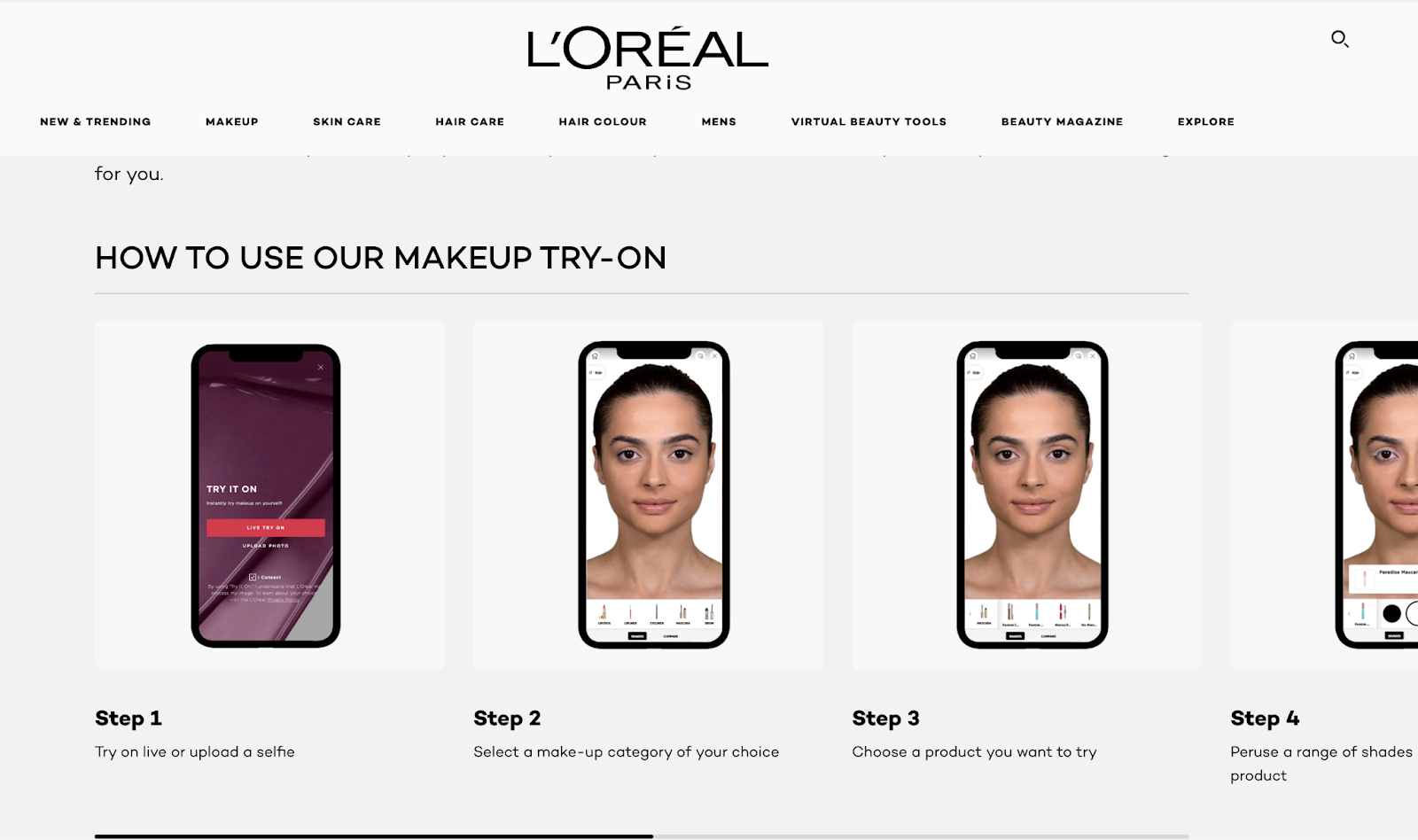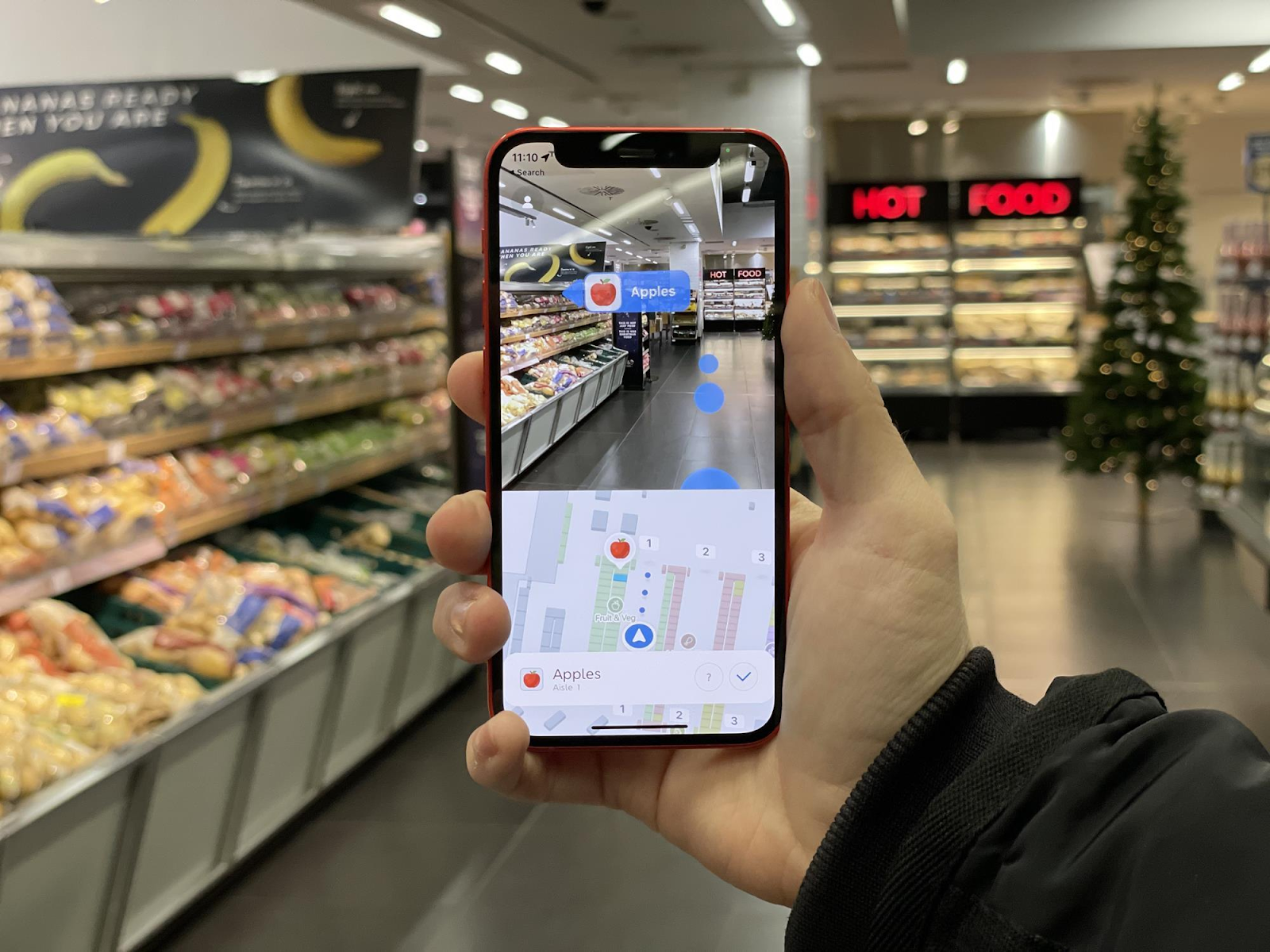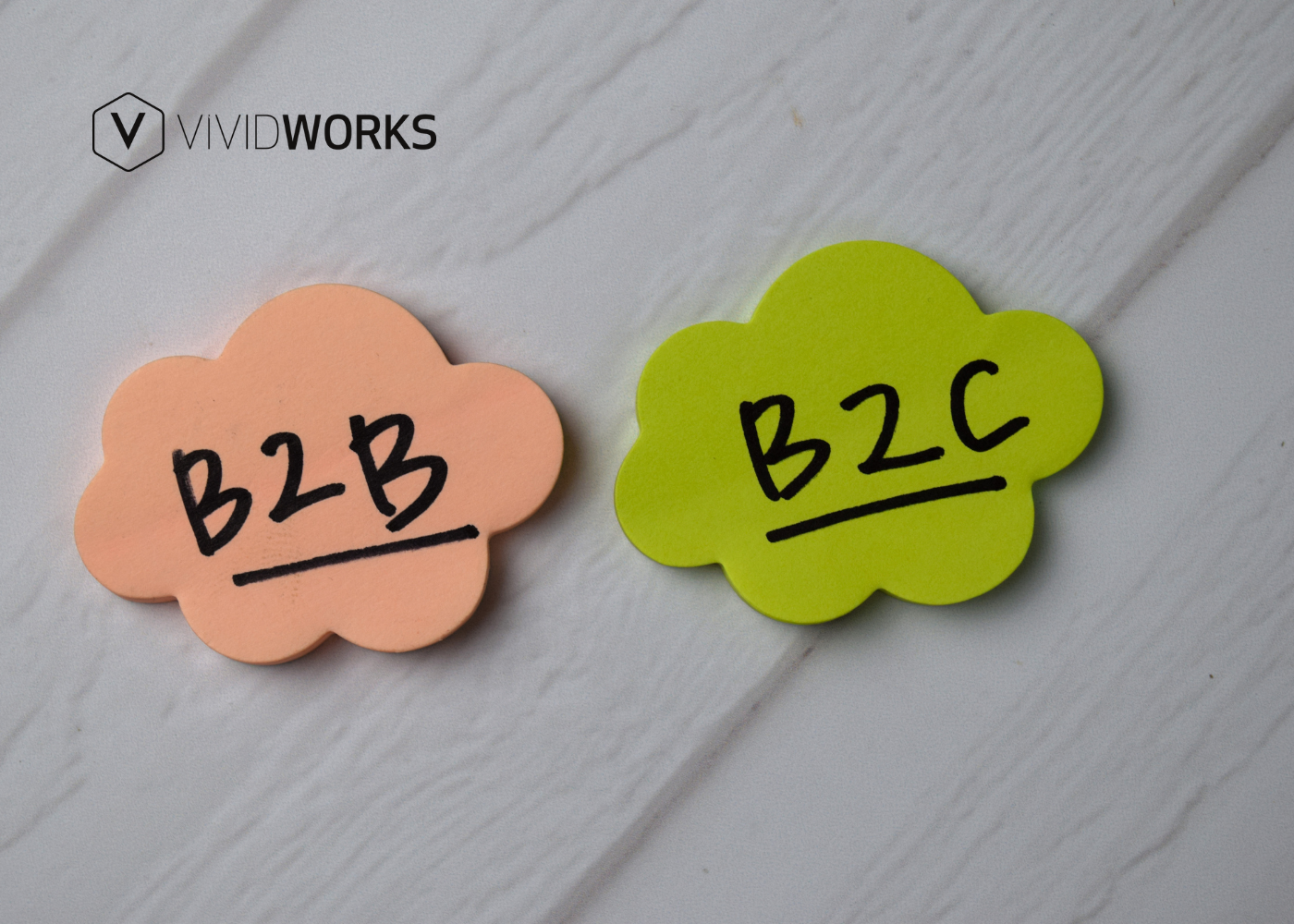Modern retail is no longer about shelves or product listings; it also involves customer experiences with technical advancements. Augmented reality (AR) in retail has emerged as a powerful force, with a forecasted size of USD 19.51 billion between 2024 and 2028. And many AR solutions for retail are redefining what it means to shop, whether you’re a consumer browsing lipstick online or a retail designer mapping out an entire showroom.
So, how exactly can B2B and B2C retailing brands today ultilize AR to stay competitive?
This article will explore the key benefits of AR in retail and real-world use cases that demonstrate the role of AI in transforming operational performance across industries.
Let’s get started now!
What Are AR Solutions for Retail?
AR solutions for retail are technologies that targets giving shoppers immersive shopping experiences, whether online or in-store. As its core, the use of augmented reality in retail involves overlaying elements like 3D visualizations or animations onto the physical world. From that, brands can enhance how shoppers explore, visualize, and visualize products, which effectively engage them and make them feel more informed to close deals faster. This is the most apparent role of AR in marketing, driving long-term shopper satisfaction.
Currently, AR in eCommerce can be found under some common types of technologies:
- Product visualization
- Virtual try-ons
- Interactive displays
- In-store AR navigation
- Digital overlays
These applications might be different depending on your sector and product complexity. However, in the following parts, we will discuss opportunities in retailing and how AR can help increase engagement, boost immersion, and drive more meaningful interactions.
Why AR Matters in Retail? 3 Key Benefits
Compared to traditional product discovery or visualization methods, augmented reality in the retail market supports both customers and B2B or B2C businesses more effectively. Let’s take a look at how AR has become a game-changer in our modern retail landscape:
Enhanced shopper experiences
PDFs and 2D images often make shoppers struggle to clarify how selected products, especially high-consideration items like furniture, will look or fit in their own environment. This leads to purchasing hesitation, cart abandonment, and a less interactive experience.
AR fosters a more profound connection by allowing users to interact with products in different ways, like putting furniture in their room or trying on accessories on their faces. Also, through AR navigation, users can quickly get the products they want in the store. Buyers feel more engaged and satisfied as they join a dynamic and personalized journey; they don’t just make decisions based on product descriptions, reviews, and sales support.
3D room planners or 3D configurators with built-in AR can even leverage the experience thanks to 3D visualizations and configurations—everyone can see items from all angles. As a result, they will have a more comprehensive understanding of the finalized product.
Increased Sales and Conversions
According to WARC, 71% of shoppers admit that they’re more likely to shop more often because of AR apps. Thus, launching proper AR solutions for retail is essential to keeping at least 32% of shoppers who are willing to use AR for non-specific purposes, like for fun. Once brands can keep customers on site longer, they might embrace more conversions. This also highlights the capabilities of augmented reality in retail and its impact on sales.
Minimized Product Return and Improved Operational Efficiency
Product returns are non-negotiable in retail sectors, mainly when selling products online. In fact, returns often happen because ordered items don’t satisfy customer expectations. This leads to wasting logistical costs, reduced margins, and increased buyer frustration.
Implementing augmented reality in retail stores can effectively address this challenge. Customers can freely interact with items, viewing, rotating, testing, and checking options with a higher level of accuracy. They won’t spend time estimating vague details or have poor experiences compared to before, which helps reduce uncertainty when purchasing.
Furthermore, lowering the volume of returns and saving shipping, repacking, and restocking costs can improve customer satisfaction and enhance business performance.
Use Cases of AR in B2C
#1. Virtual Try-Ons & Virtual Fitting Room
- Categories: Fashion, Beauty, Jewelry, Eyewear, and Apparel
This is one of the most popular examples of augmented reality in retail, revolutionizing how customers can decide on personal items that are perfect for their specific demands. Both AR and VR in marketing are applied to enable users to try on clothes, accessories, or makeup, and digital visuals are overlaid onto the user’s live images for real-time clarity.

L’Oreal Paris offers a “Makeup Virtual Try-On” tool, where customers can test various makeup products, like eyeshadows, lipsticks, hair-dye colors, and foundations, precisely. All you need to do now is upload a selfie or use your camera feed to see how L’Oreal products would appear and fit your face. Be mindful that this app is available on phones; however, you can access L’Oreal websites to learn a step-by-step guide before starting.
#2. Interactive Product Visualization
- Categories: Furniture, Home Decor, Kitchen & Baths, and Automotive
The next AR solution for retail is the ability to allow customers to put selected products in their real-world space, like their home or office, and then visualize size, scale, and how the products align with their existing decor. This is especially important when ordering items that are bespoke or require precise dimensions, like furniture or shelving systems.
Finsoffat, a 50-year-old business that manufactures custom furniture, has partnered with VividWorks to create a 3D Sofa Configurator to streamline users’ sofa shopping journeys. The configurator allows users to configure their ideal sofa in 3D with modules, sizes, and colors, and then visualize it in a 3D environment. Once satisfied with the design, users can scan a QR code (on any iOS and Android device) to place the sofa in their actual space.
#3. In-Store AR Navigation & Assistance
- Categories: Retail, Grocery, Pharmacies, FMCG, and Home Improvement.
This example of augmented reality in retail doesn’t focus on the eCommerce landscape; it empowers brands to transform the in-store shopping journey. So, how does it work?
When visiting a physical store, buyers are guided to specific products or departments that they want. This AR technology often provides product information, specifications, reviews, and ordering information options directly onto real shelves or display systems. All of these are updated and viewed in real time with store devices or your smartphones.

Marks & Spencer (M&S) has introduced the AR wayfinding app in its Westfield London food hall. With this AR solution, customers can effortlessly find the extensive store, specific items, and even promotions without the need for salespeople or sales assistants. As a result, everyone might feel more active and engaged during their shopping journey.
Use Cases of AR in B2B
#1. Space Planning and Store Fixture Visualization
- Categories: Retail display, custom fixtures, and store design.
This is a prime AR marketing example in B2B. AR empowers manufacturers to showcase custom fixtures precisely in the client’s actual store layout. Consequently, retailers can clarify how their selected fixtures look in reality: size, dimensions, and the level of fitting. Salespeople often utilize these AR solutions for retail to increase retailers’ engagement for online orders while optimizing the time and effort spent in back-and-forth exchanges.
Grand + Benedicts, an expert in building and manufacturing custom displays in the USA, leverages VividWorks 3D Configurator for retail fixtures to transform the sales process of its Lozier Gondola Shelving systems. This configurator, in addition to 3D visualization, rule-based configuration, and Visual Configure, Price, Quote (Visual CPQ), enables the finalized designs to be visualized in the real-world retail store thanks to the power of AR. This offers immersive demonstrations and helps retailers make informed decisions easily.
#2. Product Design Transformation for Manufacturers and Retailers
- Categories: Complex, highly modular, and made-to-order products
Manufacturers are starting to use AR to collaboratively design and review bespoke, complicated products like sofas, cabinets, and tables. This is because the traditional process might be cumbersome. It often involves lots of rounds of physical prototypes, 2D drawings, and even 3D modeling, making it challenging to understand the final designs.
Through an AR app on tablets or smartphones, your design and manufacturing teams immerse themselves in a virtual yet highly realistic 3D visualization of the product. Consequently, they can precisely determine the design’s dimensions, configuration, etc.
AUDO, a famous manufacturer in Copenhagen, is increasingly using AR to improve the design cycle for custom frames ordered by consumers, retailers, or B2B professionals.
When finishing your designs with the 3D Configurator for Shopify, users can put them into their space to precisely evaluate how well the frames match with everything inside. This level of interaction can avoid unnecessary, manual rework from designers, and the company still ensures the best frame design that aligns closely with customer demands.
Talk to us to get more insights about AR solutions for retail and make a proper choice!
Table of Content
-3.avif)
Streamline your process today!





.png)

